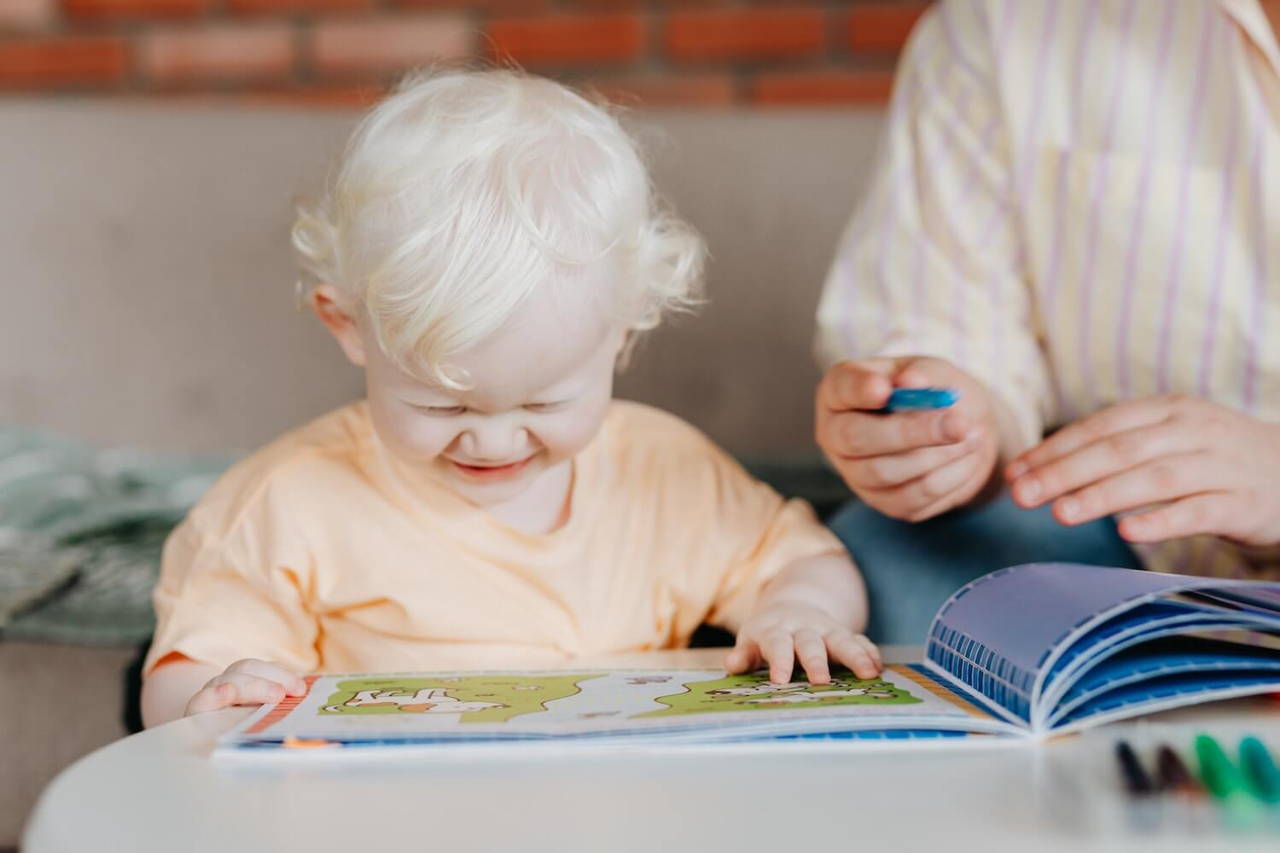Book-Ripping Babies: Why And What Can We Do?

1. Why Babies Are Tearing Books Up



2. What Can Parents Do
A. Relax, books get worn all the time
Parents spend a lot of money on children's storybooks in the hope that their kids can develop the habit of reading, rather than as a decoration in the children's room. So, we should keep in mind that books are for reading. And the truth is, if something is being used, it is subject to the wear and tear of daily use, and a book is naturally no exception.
Even if your child does not tear the book, the book will slowly become old and soft. Therefore, take it easy - minor damages are not likely to affect the child's reading.
But if you are still worried that your child will become more aggressive and tear the book to pieces, then there are still children's books made with more durable materials to choose from. Children's storybooks are so much fancier nowadays, and some of them are made from thicker and harder cardboard, which have a lower probability of being torn.
It's also a good idea to shop for used or discounted children's books. Brand new children's books (especially those beautiful lift-the-flap books with exquisite bindings) can be expensive. If the fate of books is to become old and tattered, why can't we buy some used books that are still in good condition? Getting discounted books online during holiday sales is also a great way to save some bucks.
B. Rational intervention
If you can't stand watching your child tear up a book, there are a few reasonable interventions you can take. The easiest way is to hold your child's hand while they read a book -- I would use his little hand as a pointer to assist him in reading and to prevent him from tearing the book down. Letting them hold a doll or their favorite blanket is also a good way to alleviate their desire to tear the book apart.
Sometimes children read on their own and the books are torn when we don't notice. We can put the books on top of a higher shelf out of their sight, and when they want to read, they need to come to us first to help get them. The same applies to any other things you don’t want to lose to your “devastating” kid.
You should also set an example for your children so that they can learn from you the good habits of taking care of their books. For example, bring your child along with you to wash your hands before reading a book, let your child turn the pages slowly and gently by himself, and put the book back to its original position with your child after reading it. Remind your little ones that you treat books well, so they can develop good habits from early childhood.

C. Rip something else
Instead of thinking about how to stop your child from tearing up books, why not get mom and dad involved and add some educational elements to make "tearing up books" an intellectual development activity? If parents can play and explore with their kids together, their little ones will be thrilled.
For example, a mother can take out a piece of paper and say to her baby, "Follow Mommy's lead and tear out a circle from this piece of paper." After the baby tears the circle, mommy can say, "Now let's do a square together!" When the baby gets tired, the mother and the baby can play a game of pointing out circle/square things in the house. This not only helps develop the baby's imagination, but also successfully diverts the baby's attention and allows for more parent-child interaction.
